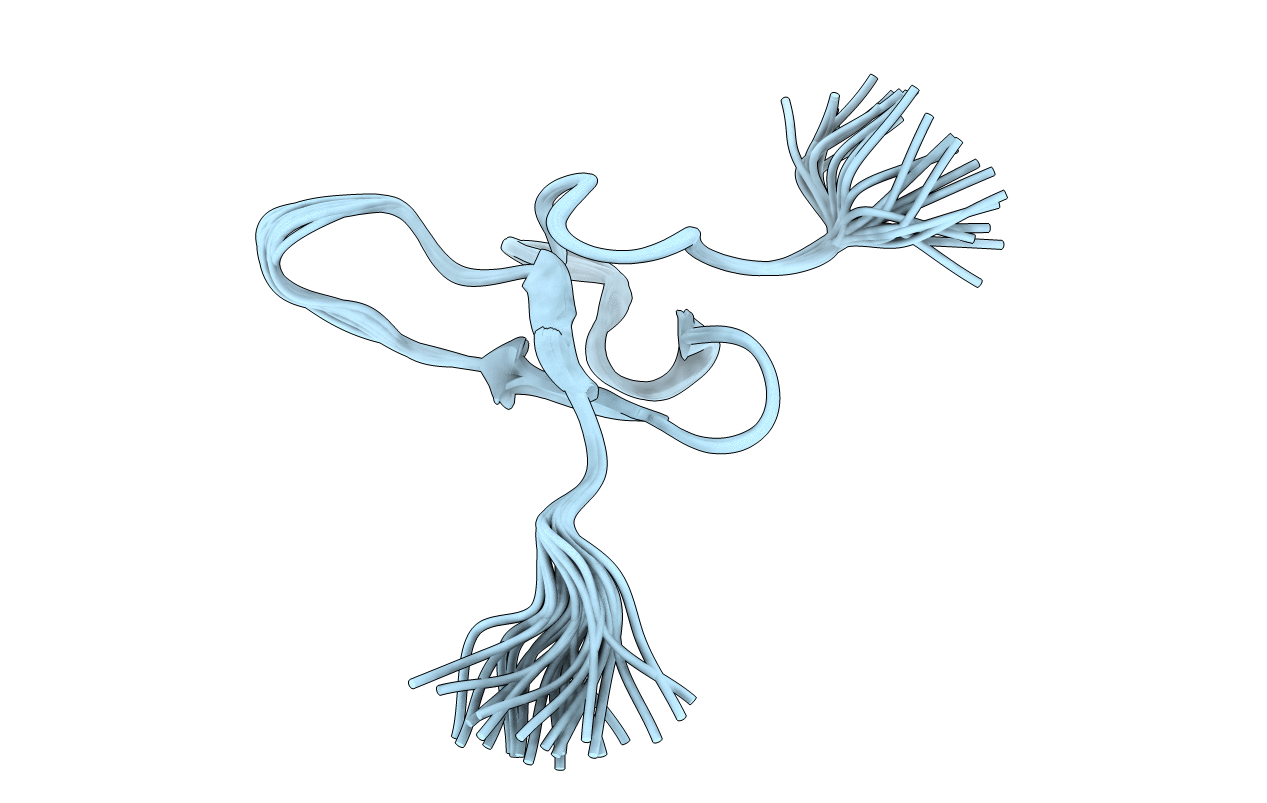
Deposition Date
2009-08-25
Release Date
2010-09-01
Last Version Date
2024-11-20
Entry Detail
Biological Source:
Source Organism:
Psalmopoeus cambridgei (Taxon ID: 179874)
Host Organism:
Method Details:
Experimental Method:
Conformers Calculated:
300
Conformers Submitted:
25
Selection Criteria:
Best MolProbity score


